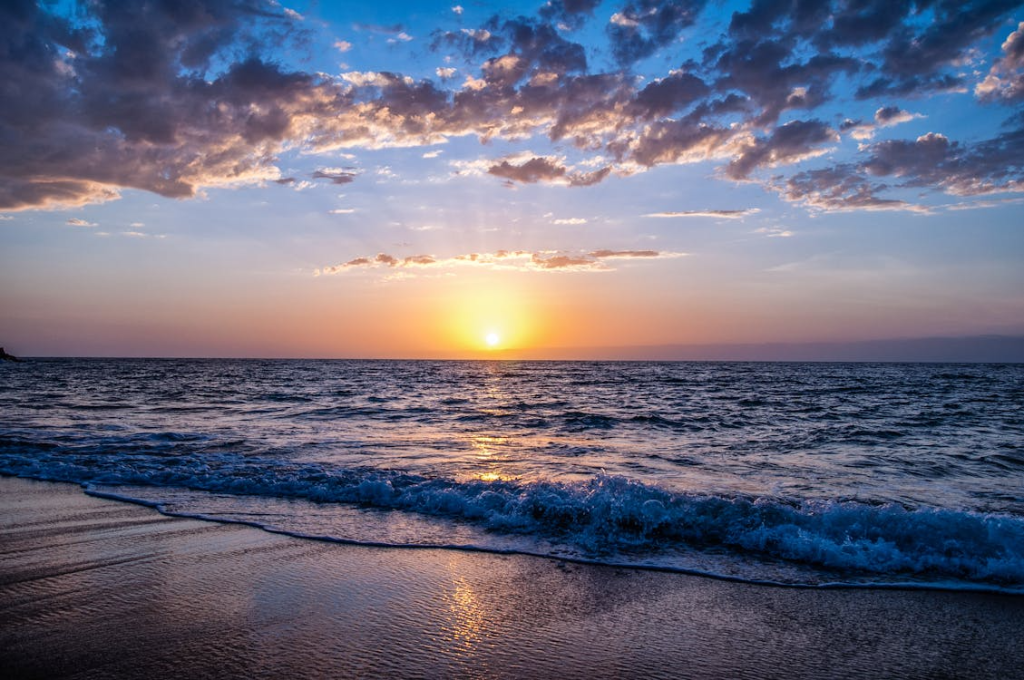
“Whatever the ocean does to us, it has previously done for innumerable living things,” wrote Robert Wyland but for a few Florida beach fans, it also leaves them with some serious hazards. Each summer, millions flock to the Sunshine State’s golden beaches, drawn by balmy waves and bright blue skies. But underneath, Florida’s beaches have more going on than sun-lovers and surfers they’re shark encounter zones, rip currents, and extreme weather hotspots that can quickly transform a day of fun into a near-miss with disaster.
For families, surfers, and adventure-seekers looking to vacation in Florida, knowing these risks isn’t fear-mongering it’s prevention. This list explores the most surprising dangers on Florida’s most visited beaches in 2025, with expert-informed information and practical advice on how to keep your beach vacations secure and etched in memory.
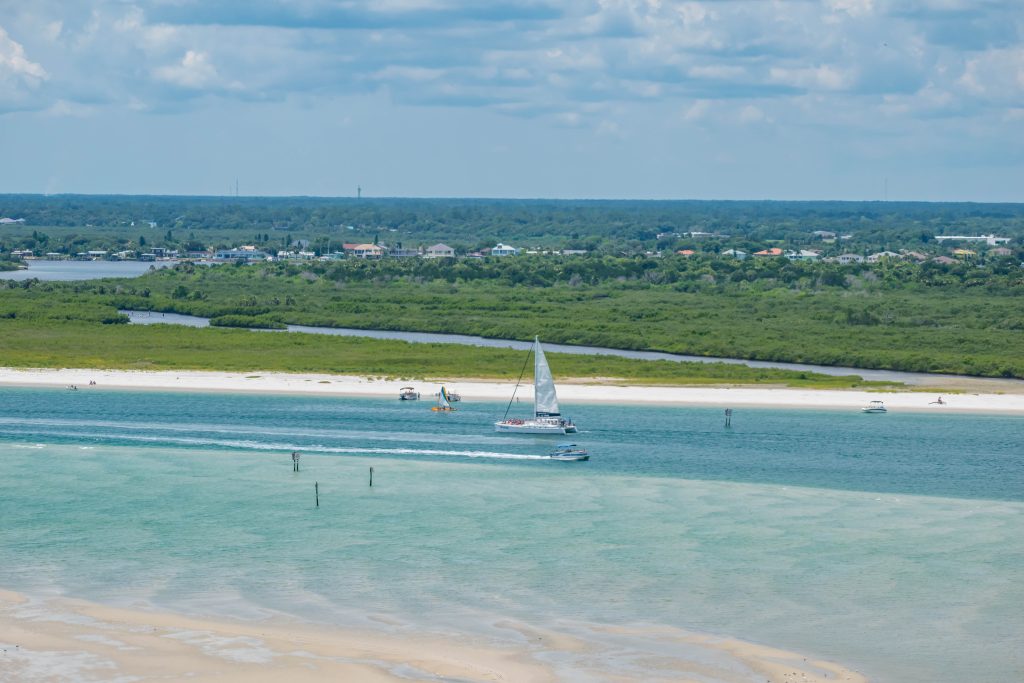
1. New Smyrna Beach: The Shark Bite Capital of the World
New Smyrna Beach, which is located in Volusia County, has gained a well-deserved bad rep, and for good reason. Per a 2024 study conducted by Tideschart, it leads the country as the most hazardous beach in the U.S., with 277 documented shark attacks well ahead of all other shores along the United States. According to the AAA report, “Florida alone accounts for 30 percent of unprovoked [shark] attacks globally.” More shocking, half of these interactions occur while individuals are just swimming or wading, not doing anything to incite the creatures.
The International Shark Attack File, which is maintained by the Florida Museum of Natural History, verifies that Volusia County experienced 8 of Florida’s 14 unprovoked bites from sharks in 2024 (source). Although most bites are insignificant, the sheer number places New Smyrna Beach in a class by itself. Experts figure juvenile blacktip sharks, prevalent on this shoreline, at times confuse humans with prey as they are learning to feed. The moral of the story? Swim intelligently, stay away from cloudy water, and don’t wear shiny jewelry.
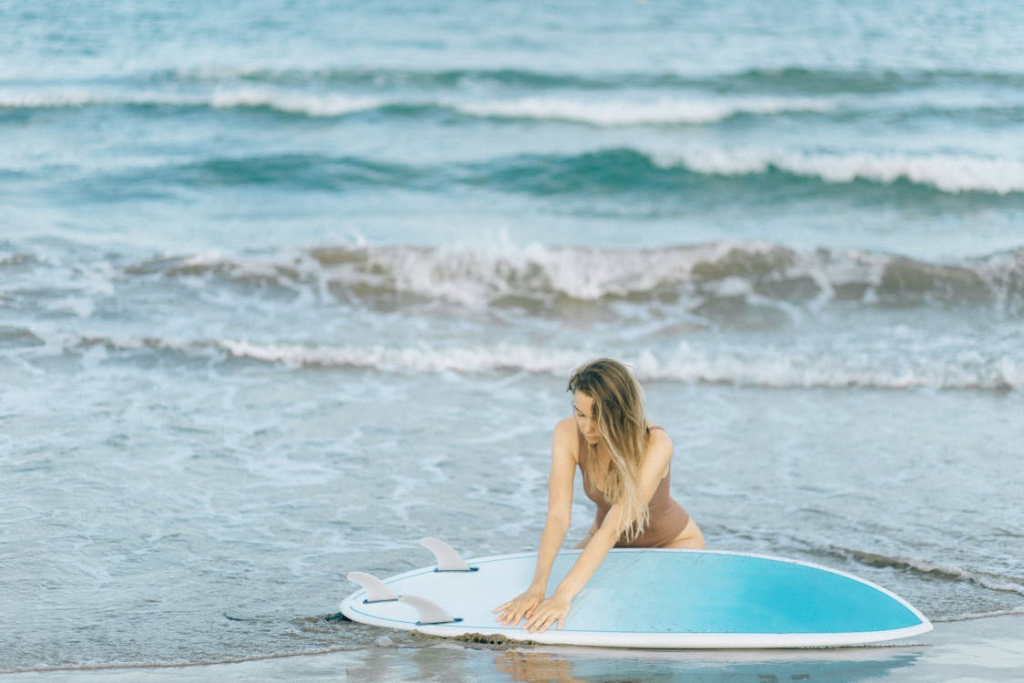
2. Surf Zone Fatalities: The Hidden Threat of Rip Currents
While sharks make headlines, rip currents and heavy surf kill more people on Florida beaches annually. Laguna Beach had the most surf zone fatalities in 2024 with 39 fatalities, followed by Daytona Beach and Miami Beach. New Smyrna Beach had 12 surf deaths, a grim reminder that the ocean’s tug can prove fatal (AAA data).
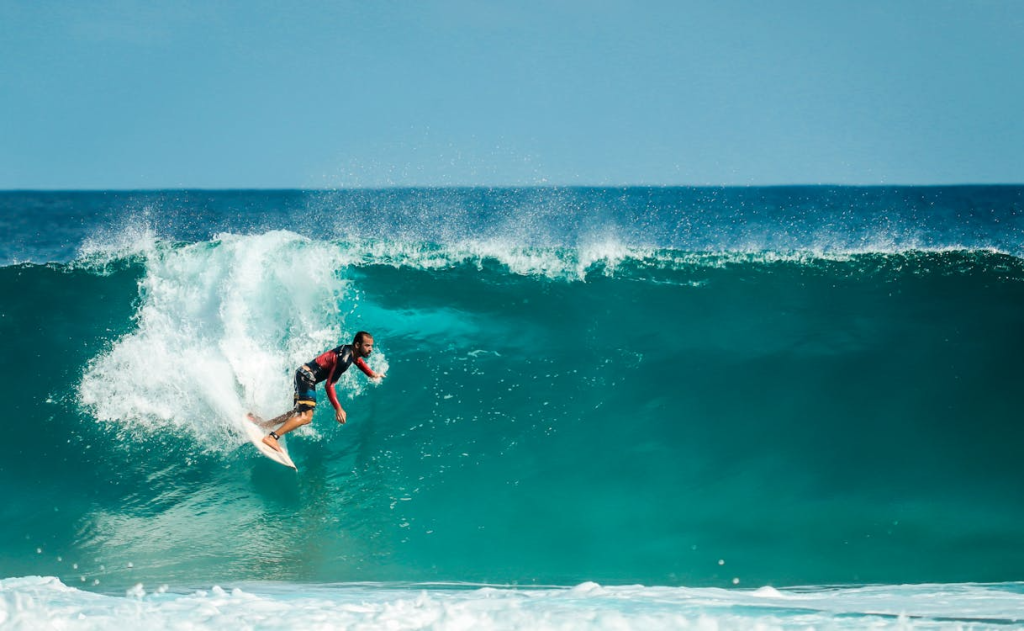
Rip currents are fast, narrow channels of water that can sweep even strong swimmers out to sea in seconds. High surf and sneaker waves add to the risk, often striking without warning. Experts recommend always swimming at beaches with lifeguards and learning how to spot rip currents look for areas where waves aren’t breaking or water appears darker. If caught, don’t fight the current; swim parallel to the shore until you’re free.
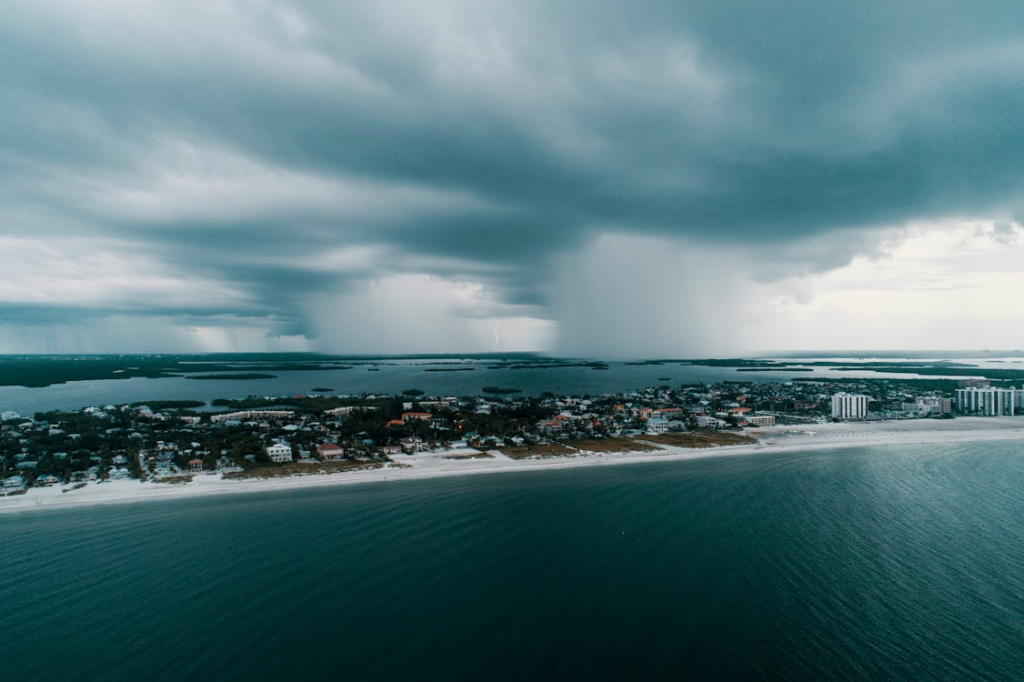
3. Hurricane Season: Nature’s Unpredictable Power
During June through November, Florida’s shores have to contend with another powerful opponent: hurricanes. All ten of Florida’s most hazardous beaches were assigned the same extreme hurricane risk rating in 2024, highlighting how storm surges, flooding, and downed trees can make paradise hazardous (AAA report).
Peak hurricane season usually comes in August and October, with devastating winds and deadly surf. Hurricanes don’t only pose a threat to property hurricanes reshape coastlines, wash away beaches, and make swimming conditions deadly. Best defense? Stay informed of weather warnings, follow evacuation instructions, and never disregard the potential of an emerging storm.

4. Why Shark Attacks Are Down But Still a Real Risk
Here’s a silver lining: 2024 experienced a major decline in unprovoked shark bites globally, with just 47 confirmed attacks far less than the 10-year average of 70 (Florida Museum of Natural History). In Florida, there were 14 bites, half of them in Volusia County. Though these statistics are comforting, the risk isn’t zero, particularly during beach season when both humans and sharks are attracted to the same warm, shallow waters.
Experts such as Gavin Naylor, director of the Florida Program for Shark Research, point out that “the same climatic conditions that bring people into the water are the same conditions that bring sharks closer to shore.” The majority of bites occur to swimmers and waders, but rarely to surfers, and are most often instances of mistaken identity. Therefore, though the chances are remote, being attentive and heeding local safety recommendations is always prudent.

5. Lightning Strikes: The Neglected Beach Peril
The ocean isn’t the only danger Florida’s skies present some threat too. One man in his 29th year was electrocuted by lightning in 2024 while wading at New Smyrna Beach (Men’s Journal). Florida has the highest rate of lightning strikes, particularly during summer afternoons.
Lightning may strike miles away from an apparent storm, and water is a good conductor. It is advisable to exit the beach upon the first thunder or darkening clouds. As the National Weather Service states: “When thunder roars, go indoors.”

6. The Real Odds: Drowning vs. Shark Attacks
In spite of the hype, the likelihood of being bitten by a shark is extremely remote. Drowning is ranked by the World Health Organization as the third-leading cause of accidental death globally, and coastal conditions such as rip tides and currents are far more dangerous than sharks (source).
To put things into perspective, there are 8.2 billion humans on the planet, and only 47 unprovoked shark attacks were reported worldwide in 2024. In contrast, approximately 300,000 individuals drown annually. The message is clear: appreciate the ocean’s power, swim with precaution, and embrace water safety over fear of sharks.
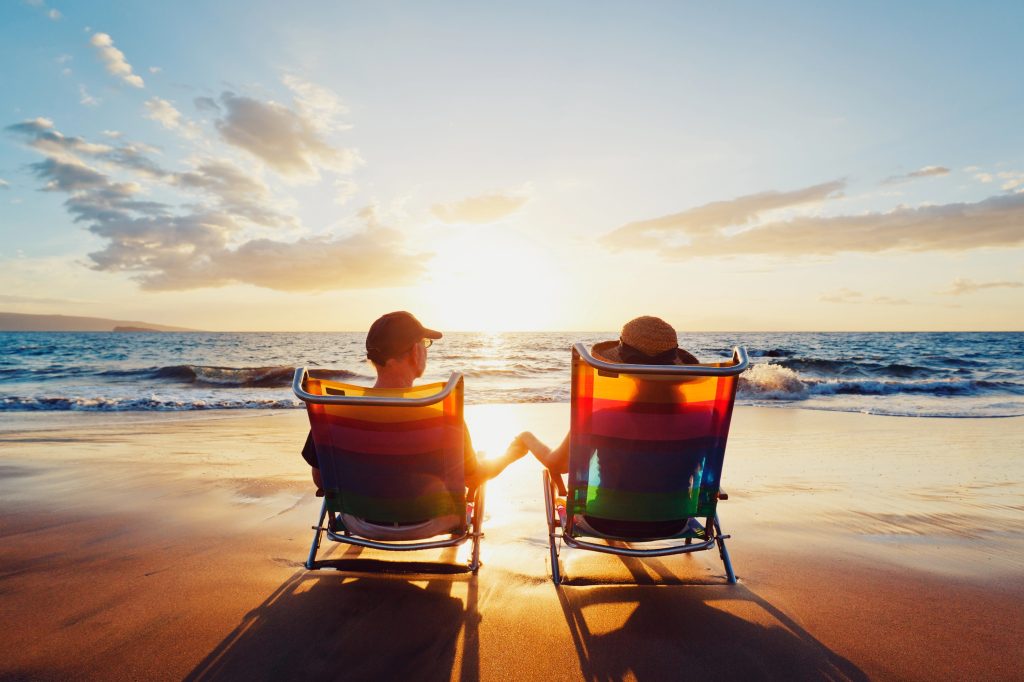
7. Safety Tips: How to Enjoy Florida’s Beaches Worry-Free
Staying safe at the beach doesn’t mean missing out on fun. Experts from the International Shark Attack File recommend a few simple steps: swim near lifeguards, avoid swimming at dawn or dusk, skip the shiny jewelry, and steer clear of fishing areas (ISAF). If you’re caught in a rip current, swim parallel to shore. And always check weather and surf reports before heading out.
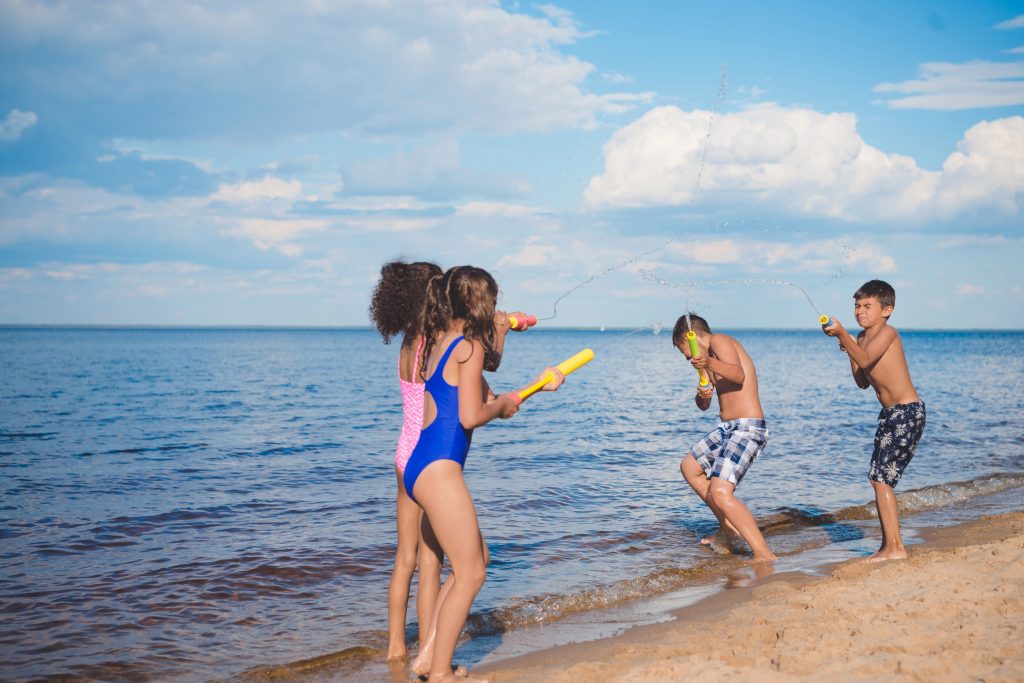
For parents, staying on top of kids and establishing boundaries can be the key. Surfers and thrill-seekers need to be particularly vigilant during hurricane season and following storms, when winds can shift suddenly. With some planning ahead, the beaches in Florida can be both exciting and secure.
Florida beaches are irrefutably gorgeous, but their untamed nature needs to be respected. Either sharks, rip tides, hurricanes, or lightning – realizing the true dangers gives beach users the power to make informed decisions and bask in every sun-kissed moment. With some caution and proper knowledge, even the most thrill-seeking tourists can experience Sunshine State shores safely in 2025.


